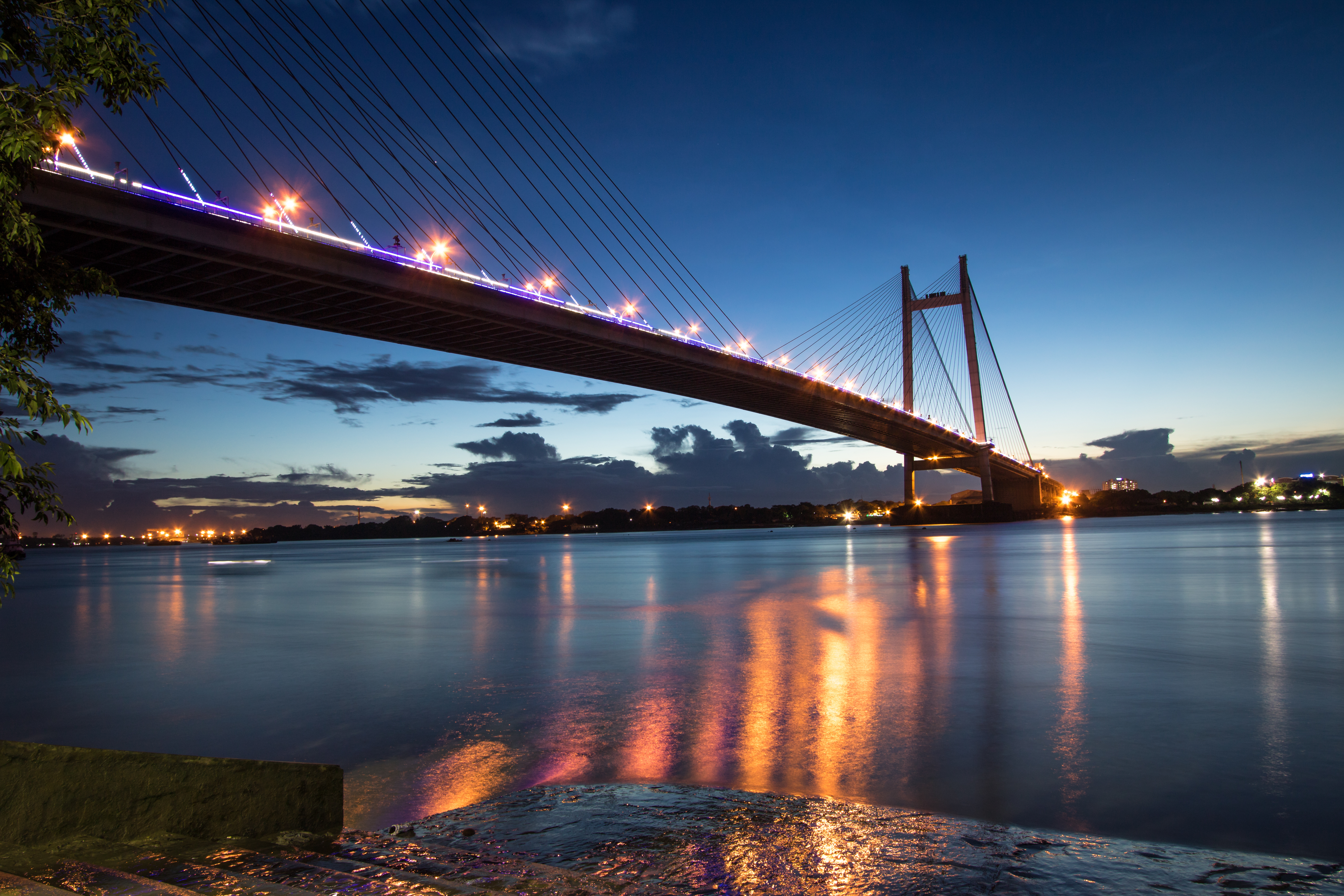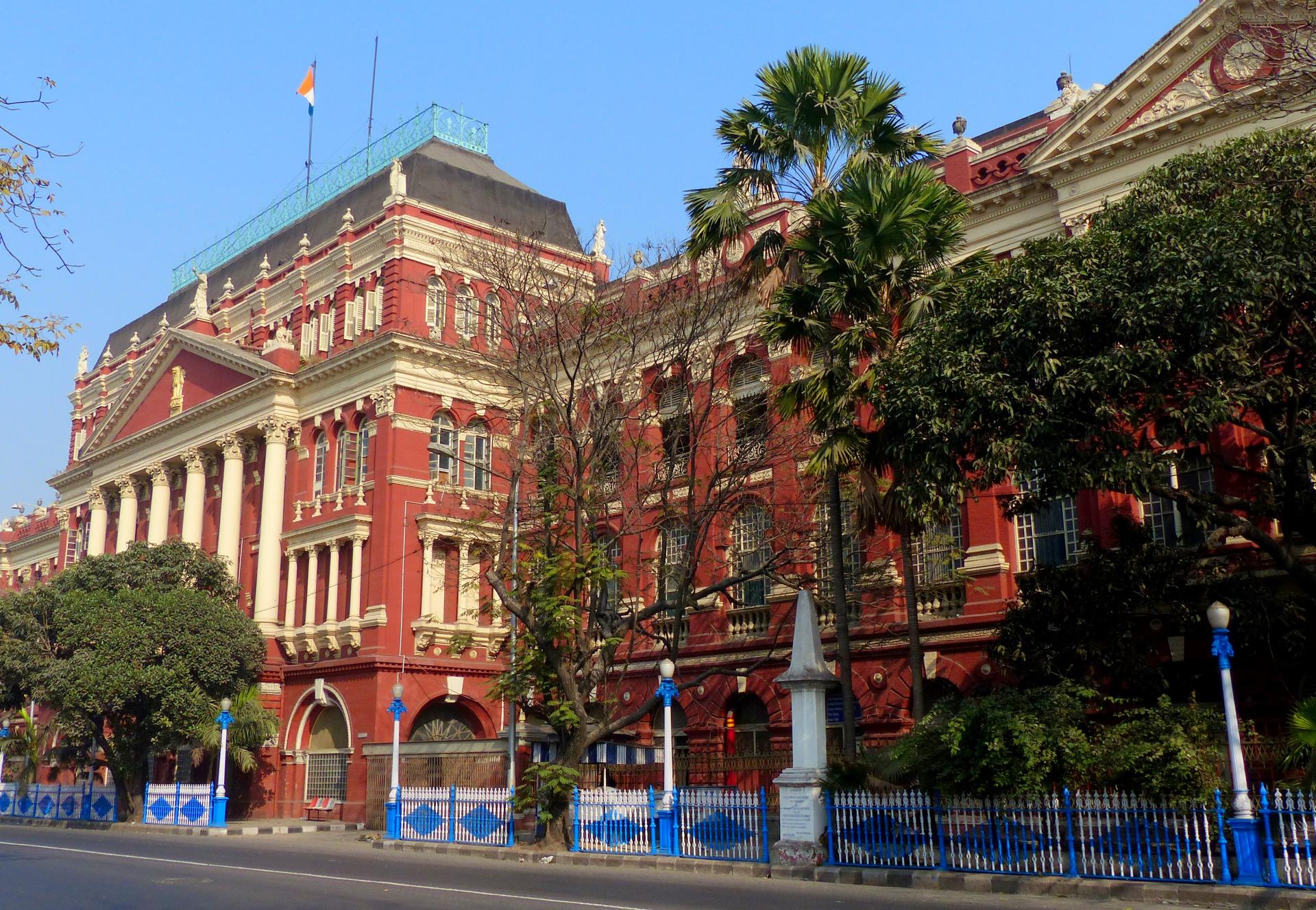
Sorry, we couldn't find anything that matches your search.
Destination

Famous Places to Explore in Hyderabad
A vibrant city with the imposing...

Raipur Tourist Places | Best Place to Visit
The stronghold of several erstwhile...

Ahmedabad
Declared as India's first UNESCO World...
#
One of the largest settlements of Chinese migrants in the country, who moved here in the 18th century, Chinatown is a delight to visit. Lying in the eastern fringes of the city, around the Tangra and Territy Bazaar area, Chinatown boasts a vibrant neighbourhood. Most of the doors are brightly painted and have paper lamps hanging in front, giving a festive feel. Chinese culture is clearly visible here, with several Buddhist temples, an old Chinese pastry shop and the reputation for serving authentic Chinese cuisine at its various restaurants and bars (though one will still find elements of Indian ingredients and hints of Bengali flavours). One can buy souvenirs along with authentic Chinese sauces, dried mushrooms, rice sticks, oil sticks, therapeutic teas and balms, prawn wafers and spices from the several roadside shops. A major attraction is the Chinese Temple that has an idol of Lord Shiva and two of Goddess Kali. It is the only Chinese temple in the world to have these idols. Interestingly, this temple once had a Chinese priest and noodles were offered to the goddess.
Come February and Chinatown transforms into a red canvas, with lanterns bathing the streets in a warm glow, and incense sticks permeating the air with their heady fragrance. This is the time when the Chinese New Year is celebrated. The famed Lion Dance, which is performed in the streets, is the highlight of the festivities. Since a lion represents joy and happiness in Chinese mythology, it is considered auspicious and is believed to bring success and keep the devil away. The dance is performed to the beats of red wooden drums that are struck with a mallet and worn by drummers around their necks. The huge turnout during the festival sees people dressed in traditional garbs of qipao, complemeted with fengguan, a traditional headgear. Their costumes are woven with silk and feature floral motifs and thick lace at the hem, sleeves and collar.
People also burn incense sticks at the temple and according to their unique tradition, the first stick is burnt longer, followed by smaller sticks. It is believed that the longer the stick burns, the longer will be the life of the devotee who burns it. Chinese lamps that are brightly painted are also an important part of the celebrations. Many believe that pouring oil in the lamp brings prosperity and good luck. Thus, they are never allowed to extinguish and burn throughout the year.
The festivities are also a celebration of the culinary culture of the community, and the streets host makeshift eateries and stalls that whip up some excellent delicacies. From homemade pickles to prawn chips, the food market that starts at 6 am serves a host of options. Don't forget to sample the drool-worthy dumplings or momos that are served throughout the day.











